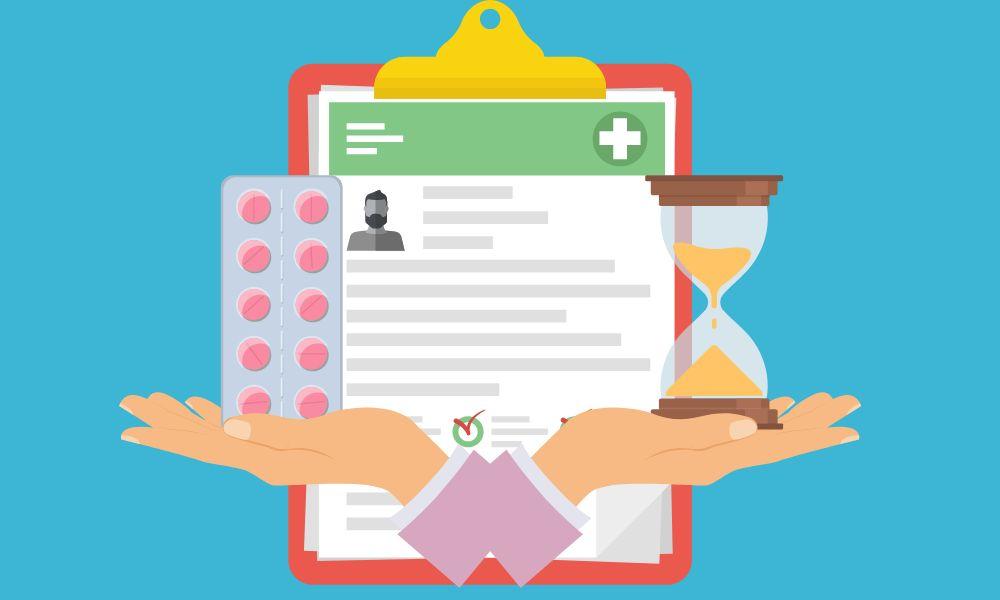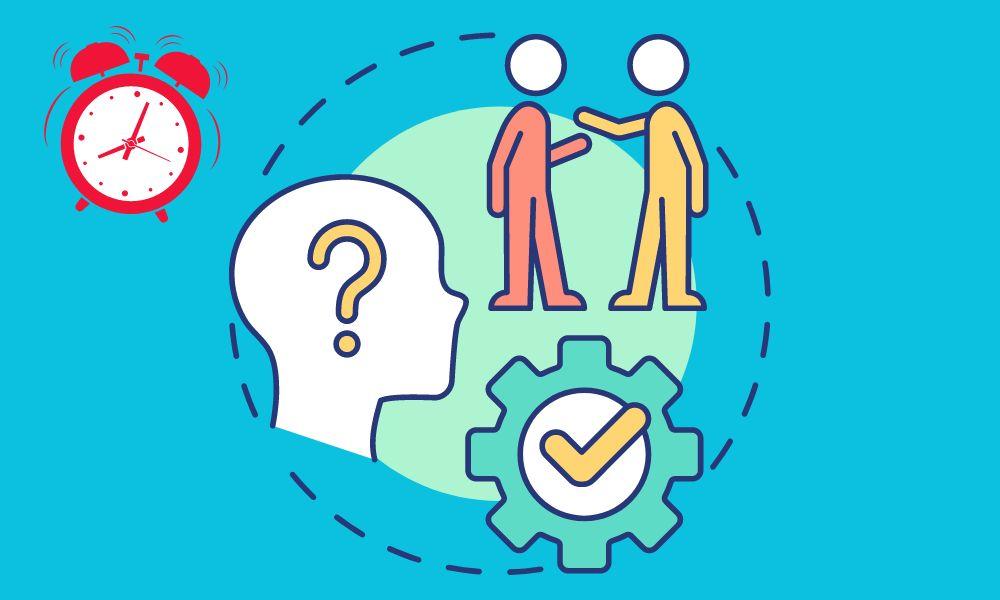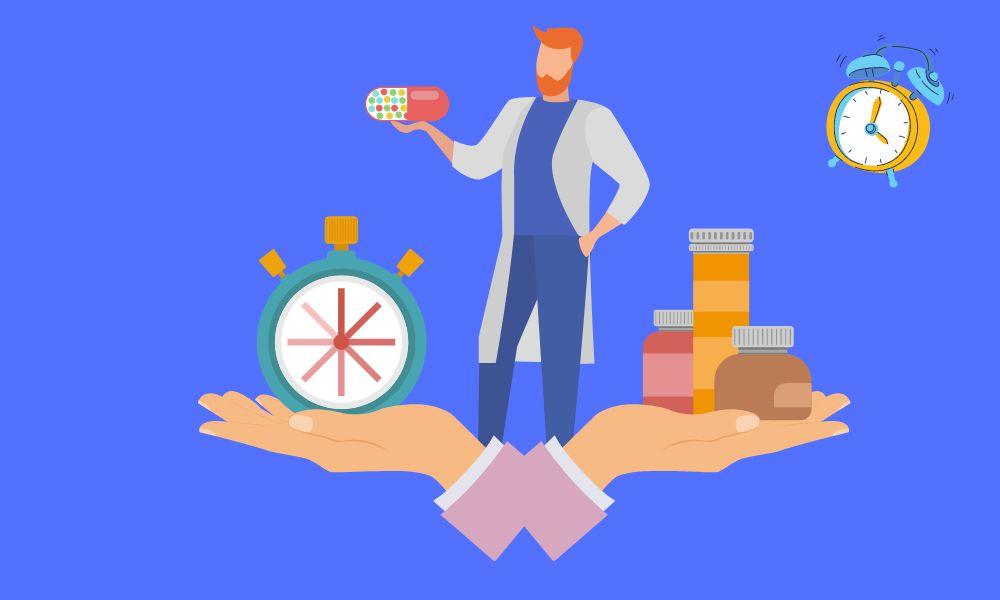
When it comes to treating insomnia and anxiety-related sleep disorders, both Zopiclone and benzodiazepines are commonly prescribed. However, despite their similar effects, they belong to different drug classes and have distinct pharmacological properties. Understanding these differences is crucial for patients and healthcare providers to make informed decisions about sleep medication.
In this blog, we will explore the key differences between Zopiclone and benzodiazepines, including their mechanisms of action, side effects, addiction potential, and appropriate usage. We’ll also answer frequently asked questions, provide essential tips for safe use, and offer additional insights to help you choose the right treatment.
Contents
- 1 Chemical Structure and Classification
- 2 Mechanism of Action: How Do They Work?
- 3 Key Differences Between Zopiclone and Benzodiazepines
- 4 Side Effects: Comparing Safety Profiles
- 5 Which is Better for Insomnia?
- 6 Tips for Safe Use of Zopiclone and Benzodiazepines
- 7 Frequently Asked Questions (FAQs)
- 8 Conclusion: Choosing the Right Sleep Aid
- 9 Author Details
Chemical Structure and Classification
Zopiclone (A Non-Benzodiazepine Hypnotic)
- Zopiclone belongs to the cyclopyrrolone class of drugs, often referred to as “Z-drugs” (alongside Zolpidem and Zaleplon).
- Although it acts on the same brain receptors as benzodiazepines, its chemical structure is different, leading to variations in effects and side effects.
- It is primarily prescribed for short-term insomnia due to its rapid onset and relatively short duration of action.
Benzodiazepines (Traditional Sedative-Hypnotics)
- Benzodiazepines (e.g., Diazepam, Lorazepam, Temazepam) are a broader class of sedatives used for anxiety, muscle relaxation, seizures, and insomnia.
- They have a longer history of use but come with a higher risk of dependence and withdrawal symptoms compared to Zopiclone.
- Unlike Zopiclone, benzodiazepines are not selective—they affect multiple brain functions, leading to more pronounced sedation and cognitive impairment.
Mechanism of Action: How Do They Work?
Both Zopiclone and benzodiazepines enhance the effects of GABA (gamma-aminobutyric acid), the brain’s primary inhibitory neurotransmitter. However, they interact with GABA receptors differently:
Zopiclone’s Selective Action
- Binds preferentially to the GABA-A receptor’s α1 subunit, which is primarily responsible for sedation and sleep induction.
- Has a shorter half-life (around 5 hours), reducing next-day drowsiness compared to some benzodiazepines.
- Produces less muscle relaxation and anti-anxiety effects, making it more sleep-specific.
Benzodiazepines’ Broader Effects
- Bind non-selectively to multiple GABA-A receptor subtypes, affecting sedation, anxiety relief, muscle relaxation, and memory.
- Some benzodiazepines (e.g., Diazepam) have long half-lives (up to 100 hours), leading to prolonged drowsiness and accumulation in the body.
- More likely to cause tolerance, dependence, and cognitive impairment with long-term use.
Key Differences Between Zopiclone and Benzodiazepines
| Factor | Zopiclone | Benzodiazepines |
|---|---|---|
| Drug Class | Non-benzodiazepine (Z-drug) | Benzodiazepine |
| Primary Use | Short-term insomnia | Insomnia, anxiety, seizures, muscle relaxation |
| Onset of Action | Rapid (within 30-60 mins) | Varies (fast-acting ones like Xanax work quickly) |
| Half-Life | ~5 hours | Ranges from short (2-6h) to long (100h) |
| Risk of Dependence | Moderate (lower than benzodiazepines) | High (especially with prolonged use) |
| Withdrawal Effects | Milder but still possible | Severe (rebound anxiety, seizures) |
| Cognitive Effects | Less memory impairment | Higher risk of confusion, “brain fog” |
Side Effects: Comparing Safety Profiles
Common Side Effects of Zopiclone
- Metallic taste in mouth (a unique side effect)
- Dry mouth, dizziness
- Mild daytime drowsiness
- Headaches, nausea
Common Side Effects of Benzodiazepines
- Stronger sedation and grogginess
- Memory problems, confusion
- Muscle weakness, coordination issues
- Higher risk of respiratory depression (especially with alcohol)
Important Note: Both drugs can cause dependence, but benzodiazepines are more likely to lead to addiction due to their broader effects on the brain.
Which is Better for Insomnia?
- For short-term insomnia (1-4 weeks):
- Zopiclone is often preferred due to its lower risk of next-day drowsiness and more selective action.
- For anxiety-induced insomnia or long-term use (with caution):
- A short-acting benzodiazepine (e.g., Temazepam) may be used, but only under strict medical supervision.
Avoid long-term use of either drug—both can lead to tolerance, dependence, and withdrawal issues.
Tips for Safe Use of Zopiclone and Benzodiazepines
General Safety Tips
✔ Follow the prescribed dose strictly—never increase it without consulting a doctor.
✔ Avoid alcohol—it dangerously amplifies sedation.
✔ Do not drive or operate machinery after taking these medications.
✔ Use only for short periods (2-4 weeks max).
Extra Tips for Reducing Dependency Risks
- Combine with sleep hygiene practices (dark room, no screens before bed).
- Gradual tapering if stopping after prolonged use (prevents withdrawal).
- Explore non-drug therapies (CBT for insomnia, relaxation techniques).
Frequently Asked Questions (FAQs)
1. Is Zopiclone safer than benzodiazepines?
Yes, for short-term insomnia, Zopiclone has a lower risk of dependence and cognitive side effects compared to benzodiazepines.
2. Can I switch from benzodiazepines to Zopiclone?
Only under medical supervision—sudden changes can cause withdrawal symptoms.
3. Why does Zopiclone cause a metallic taste?
This is a unique side effect due to its chemical structure, affecting taste receptors.
4. Which has worse withdrawal symptoms?
Benzodiazepines—sudden stoppage can cause seizures, severe anxiety, and rebound insomnia.
5. Can I take Zopiclone with other medications?
Check with a doctor—it may interact with CNS depressants (opioids, antihistamines).
Conclusion: Choosing the Right Sleep Aid
While Zopiclone and benzodiazepines both enhance GABA activity to promote sleep, they differ significantly in chemical structure, selectivity, and side effect profiles. Zopiclone, as a non-benzodiazepine Z-drug, offers a more targeted approach to insomnia with a lower risk of next-day drowsiness and dependence compared to traditional benzodiazepines. However, neither drug should be used long-term due to the risk of tolerance, addiction, and withdrawal complications.
Medical Perspective on Zopiclone (For Healthcare Professionals)
Zopiclone (a cyclopyrrolone derivative) is a short-acting hypnotic that selectively binds to the GABA-A α1 subunit, promoting sedation with minimal muscle relaxant or anxiolytic effects. It has a bioavailability of ~75%, metabolized primarily in the liver (CYP3A4), and is not recommended beyond 4 weeks due to dependency risks. Dosage adjustments are necessary for elderly or hepatic-impaired patients.
For patients struggling with insomnia, non-pharmacological approaches (CBT-I, sleep hygiene) should be prioritized, reserving Zopiclone or benzodiazepines only for short-term, supervised use. Always monitor for signs of misuse and taper gradually when discontinuing treatment.
By understanding these differences, patients and doctors can make safer, more effective choices in managing sleep disorders. Consult a healthcare provider before starting or stopping any sleep medication.
Author Details




Medical content by qualified psychiatrists
Our editorial policy

Zopiclone precautions Read our potential abuse notice

Looking for a seller? Locate the best Zopiclone vendor






